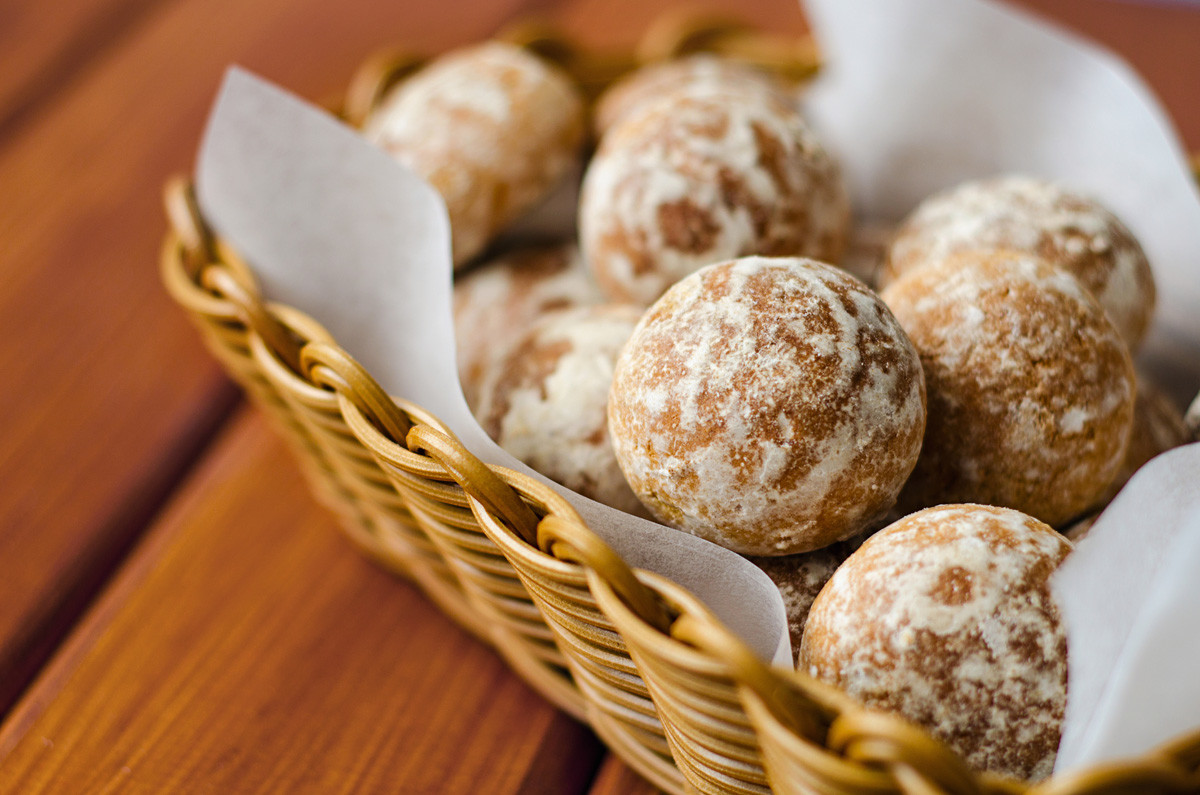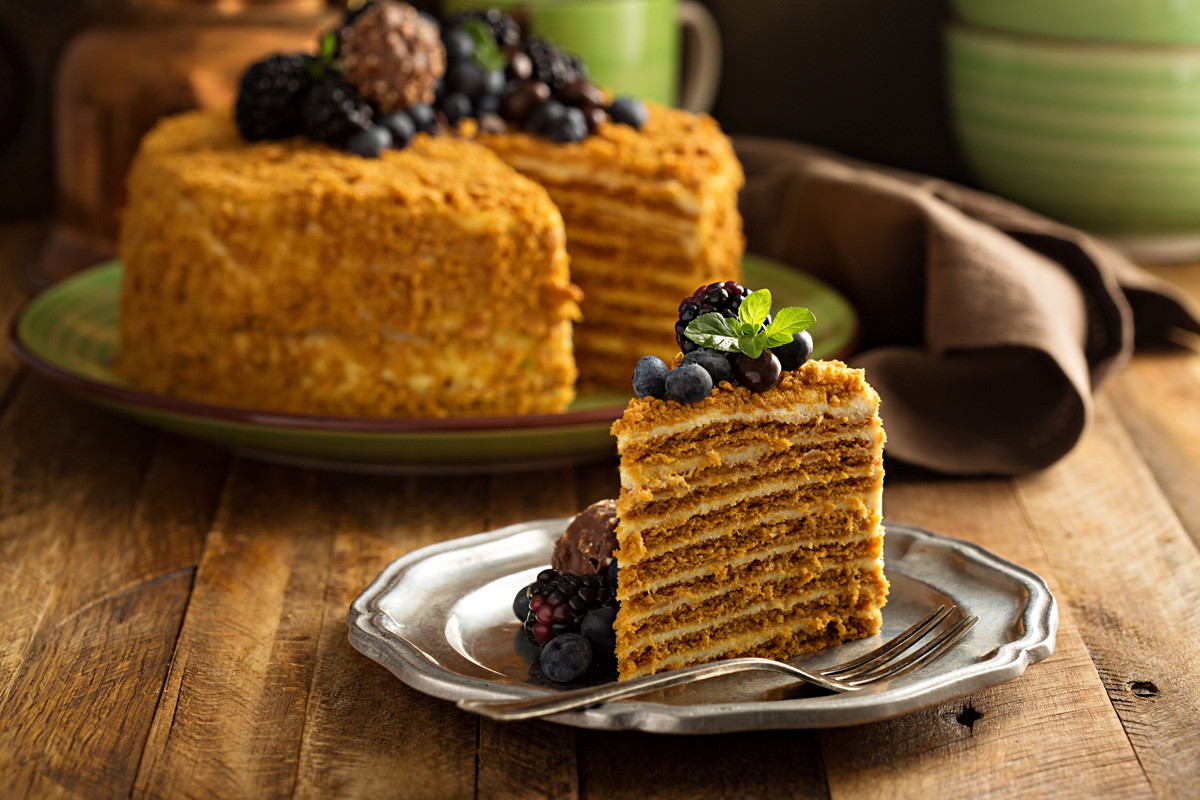Russian food desserts, a captivating fusion of tradition and innovation, embark us on a delectable journey through the heart of Russian cuisine. From the opulent palaces of the Tsars to the humble homes of the common folk, these culinary creations have played an integral role in shaping the nation’s culinary heritage.
Throughout the centuries, Russian food desserts have evolved alongside the country’s rich history, reflecting the diverse influences of neighboring cultures and the ingenuity of local artisans. This exploration will delve into the origins, significance, and modern interpretations of these beloved treats, providing a tantalizing glimpse into the culinary soul of Russia.
Historical Context of Russian Food Desserts

The culinary landscape of Russia is a rich tapestry woven with centuries of history, cultural influences, and regional traditions. Desserts, an integral part of Russian cuisine, reflect this heritage, showcasing a captivating blend of flavors, textures, and culinary techniques.
The origins of Russian desserts can be traced back to the 9th century, when the Kievan Rus’ adopted Byzantine culinary practices. These influences introduced honey, nuts, and dried fruits into Russian cuisine, which became key ingredients in early desserts. Over time, Russian desserts evolved under the influence of neighboring cultures, such as the Mongols, Tatars, and Poles, incorporating elements like puff pastry, spices, and fruit preserves.
Key Ingredients and Cooking Techniques, Russian food desserts
Traditional Russian desserts are characterized by their use of simple, wholesome ingredients, often sourced from local farms and forests. Honey, a natural sweetener, plays a prominent role, along with berries, apples, and nuts. Flour, butter, and eggs form the base of many pastries, while spices like cinnamon, nutmeg, and ginger add warmth and depth of flavor.
Cooking techniques employed in Russian dessert preparation include baking, frying, and stewing. Elaborate pastries, such as the iconic pirozhki(stuffed buns) and kulich(Easter bread), showcase the skill and artistry of Russian bakers. Sweet soups, like vzvar(fruit compote), offer a refreshing and flavorful twist on dessert.
Presentation and Styling of Russian Food Desserts

Russian food desserts are renowned for their exquisite presentation and intricate styling. Traditional Russian desserts often feature elaborate decorations, vibrant colors, and meticulous plating techniques.
Decorative elements such as edible flowers, berries, and nuts are commonly used to adorn desserts. Garnishes like whipped cream, chocolate shavings, and fruit coulis add a touch of elegance and enhance the visual appeal.
Plating Techniques
Plating techniques play a crucial role in showcasing the artistry of Russian food desserts. Desserts are often arranged in symmetrical or asymmetrical patterns, creating a visually striking composition. Multi-tiered cakes and elaborate pastries are carefully constructed to achieve a sense of grandeur.
The use of contrasting colors and textures adds depth and interest to dessert presentations. Dark chocolate ganache is often paired with light-colored fillings, while crispy meringue is juxtaposed with smooth custard. This play on contrasts creates a visually stimulating and appetizing display.
Russian food desserts are not merely sweet treats; they are edible works of art that delight the eyes as well as the palate. The combination of traditional decorations, garnishes, and plating techniques elevates these desserts to a level of culinary artistry.
Health and Nutritional Aspects of Russian Food Desserts

Russian food desserts are known for their richness and sweetness, but they also offer some nutritional benefits. Many traditional Russian desserts are made with natural ingredients, such as fruits, nuts, and honey. These ingredients provide vitamins, minerals, and antioxidants. For example, medovik, a popular Russian honey cake, is a good source of carbohydrates, providing energy, and vitamin C, supporting immune system function.
Macronutrient Composition
Russian food desserts are typically high in carbohydrates, which provide energy. They also contain moderate amounts of protein and fat. The macronutrient composition of Russian desserts varies depending on the specific ingredients used. For example, syrniki, a type of fried cheese pancake, is higher in protein than pirozhki, a filled pastry.
FAQ Resource
What are the most popular Russian food desserts?
Some of the most popular Russian food desserts include medovik (honey cake), syrniki (quark pancakes), pirozhki (stuffed buns), and blini (pancakes).
What is the significance of Russian food desserts in Russian culture?
Russian food desserts hold a special place in Russian culture, often associated with celebrations, holidays, and family gatherings. They symbolize hospitality, warmth, and the sharing of good times.
How have Russian food desserts evolved over time?
Russian food desserts have evolved over time, incorporating influences from neighboring cultures and the creativity of local chefs. While traditional recipes remain cherished, modern interpretations often feature innovative flavor combinations and contemporary techniques.

